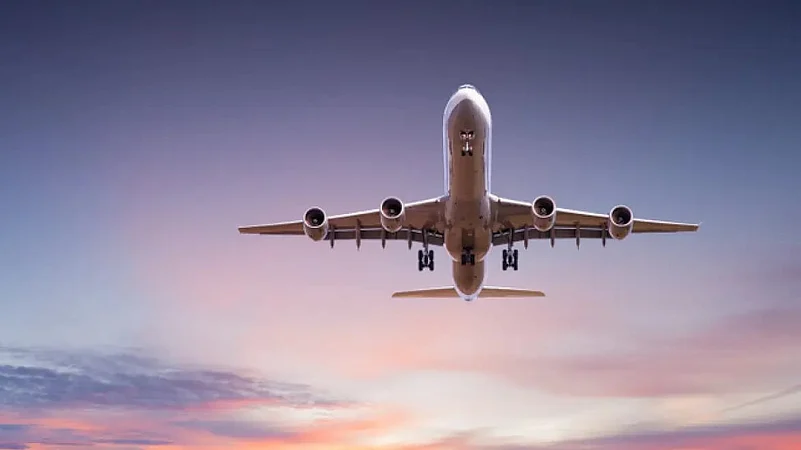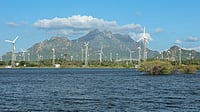Global air travel reached record levels last year, yet airlines consumed far less sustainable aviation fuel than anticipated. As aviation contributes to about 4% of human-induced warming, this imbalance could hinder progress in addressing climate change, reported Bloomberg.
Most carriers, including Air France-KLM, Delta Air Lines Inc, and Cathay Pacific Airways Ltd., have committed to increasing the use of sustainable aviation fuel (SAF) made from lower-emission sources like used cooking oil and energy crops. These airlines have pledged to use 10% SAF by 2030.
However, despite these initiatives, the adoption of cleaner fuels has been slow. Air travel surged 10% in 2024, surpassing pre-pandemic levels by 4%, according to the International Air Transport Association (IATA). SAF accounted for just 0.3% of commercial aviation's fuel consumption last year, falling short of IATA's forecast of 0.53% for 2024. While SAF production in 2024 is expected to reach 1.250 billion liters, representing only 0.3% of global aviation fuel use, falling short of IATA’s 2024 forecast of 0.53%. As India prepares to become the world’s third-largest aviation market, Hemant Mistry, Director of Net Zero Transition at IATA, sees an opportunity for the country to emerge as a SAF hub in the region.
Bridging the Gap
India has access to lipid feedstocks such as non-edible industrial oils, animal fats, and tallows. However, supply chains for biodiesel production are underdeveloped. The country's surplus annual biomass availability is estimated to exceed 200 million tonnes.
To bridge the gap, India could use lipid-based feedstocks in existing refineries through ASTM-qualified HEFA co-processing pathways, Mistry explained. Consultancy Deloitte estimated that India could produce 8-10 million tonnes of SAF annually by 2040, but investments of $70-85 billion would be required to achieve this production goal.


























